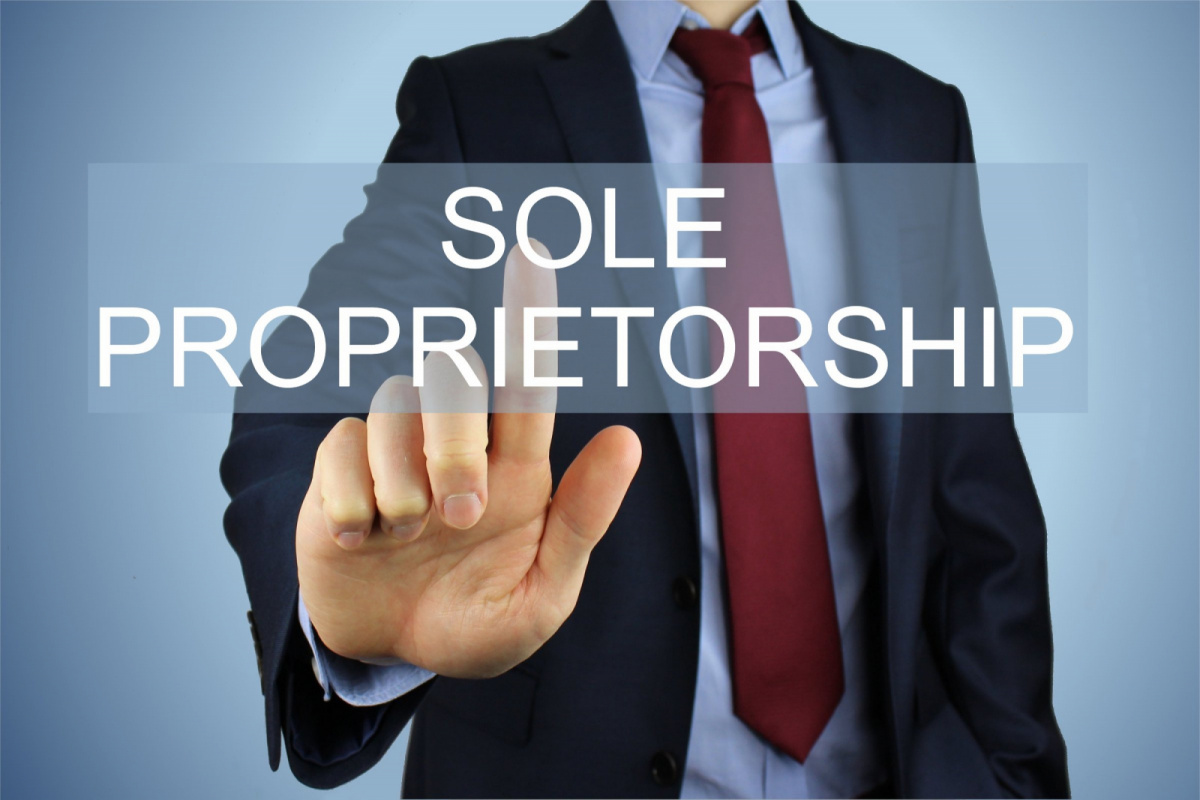Learn about sole proprietorships and self-employment taxes in the United States.
You need a social security number.
In order to start a sole proprietorship, you will need to obtain a Social Security number, which is used by the US Social Security system. You need this number to file your taxes and receive social security benefits. You can also get an EIN (Employer Identification Number) if you don’t want others to know your social security number. An EIN is a number that identifies a business instead of an individual and can reduce security risks. In addition, when obtaining an EIN, it is possible to set a trade name DBA (Doing Business As).
Advantages and risks of self-employment
The advantage of being self-employed is that you can own and run your own business. There are attractive elements that inspire independence, such as freedom of time and self-reporting of expenses. Self-employed individuals can deduct expenses from their income, which also has the advantage of reducing the tax burden. However, self-employment also comes with risks. If a business fails or incurs debts, personal property can also be affected. Minimizing risk requires up-front research and careful business planning.
Separate management for business and personal use
Tax filing is also an important factor in a sole proprietorship. Compared to salary income only, there are suspicions that there is an omission in the declaration of income and inadequate evidence regarding expenses, so the frequency of tax audits is higher. Therefore, it is necessary to maintain detailed income and expense books on a regular basis. It is also important to keep your personal business income and expenses separate from your personal use, such as opening a dedicated bank account for your personal business.
Self-employed tax
Self-employed person is required to pay Self-Employment Tax on their business income. Self-employment taxes include Social Security and Medicare taxes. You are required to pay the IRS (United States Internal Revenue Service) in addition to your income tax on your tax return form 1040.
A self-employed person’s net income is generally subject to a self-employment tax of 15.3%. The self-employed can reduce the amount of their self-employment tax by taking advantage of permissible deductions to reduce their income and by making contributions to retirement plans and health savings accounts. The self-employment tax cannot be avoided and must be understood by businessperson.
You can also consider setting up an S corporation as a way to reduce self-employment taxes. If you organize your business as an S corporation, you can classify part of your income as salary and part as distribution. The salary portion is still subject to self-employment tax, but the distribution portion is subject only to income tax. This can reduce the self-employment tax burden.
Summary
Through explanations about sole proprietorships and self-employment tax in the United States, acquisition of a social security number, attractiveness and risks of self-employed sole proprietorship, effective tax saving measures, separate management of business and private, structure of self-employed tax and S corporation establishment explained the advantages of Understanding these points and having careful planning and precautions is the path to success when starting your own business. When running your own business, it is important to minimize risk, utilize tax-saving measures, and maintain sound management practices.




Comment